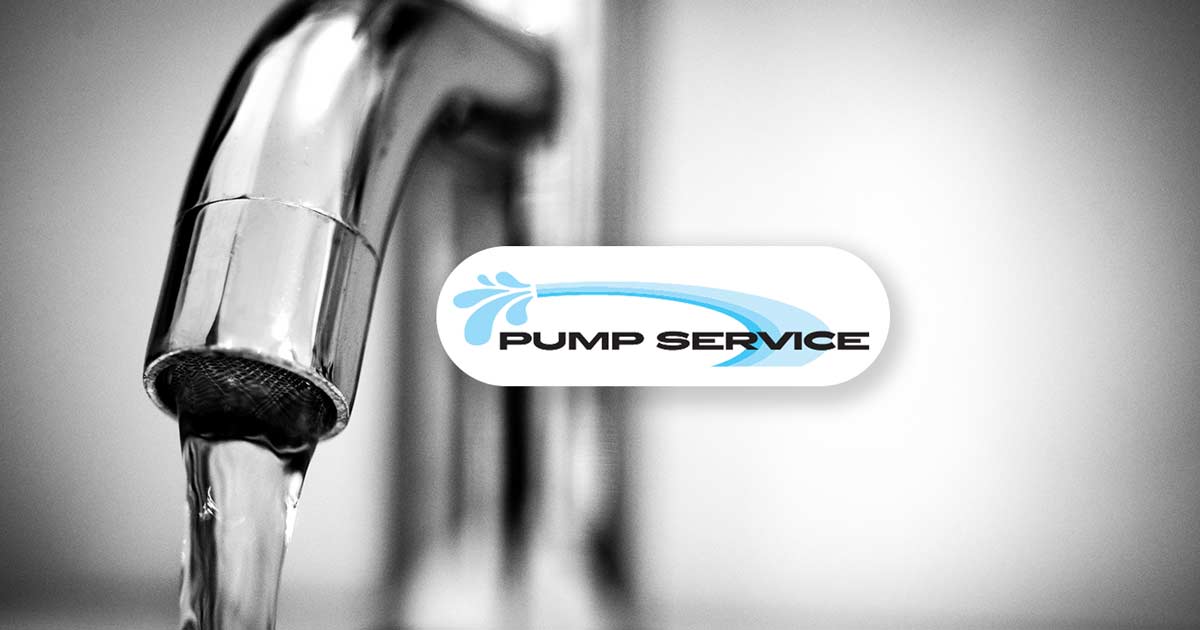
22 Feb Chloramine in Drinking Water: Should You be Concerned? Part 3 of 3
The process of adding chloramine to drinking water in order to remove germs and bacteria is called chlorination. While there are a variety of different types of chloramines, the one that is used to disinfect drinking water is called monochloramine. Generally considered to be safe when used in drinking water, monochloramine can cause issues for certain individuals when used in water. As such, you may need to consider filtering the chloramine out of your water.
To Remove or Not to Remove?
For most people, removing chloramine from your water is not necessary. Due to the reaction that takes place when chloramine is put in your water, only monochloramine and some free chlorine remain in the water. The level that remains is dependent upon a variety of different factors. These factors include how much chlorine and ammonia is included in the separation, the temperature of your water and the chemical makeup of your water. Before you begin the process of removing these by-products from your water, you should take steps to determine whether or not chloramine is genuinely a problem for you and your household.
How to Filter Chloramine from Water
The filtration process for chloramine is expensive when compared to the process for removing chlorine. This is because removing chloramine first involves the use of an extensive carbon filter, which removes the chlorine in the chloramine molecule. Then, you must use reverse osmosis or a cation filter to eliminate the ammonia content.
To learn more about this process, contact Pump Service Idaho today!

Sorry, the comment form is closed at this time.